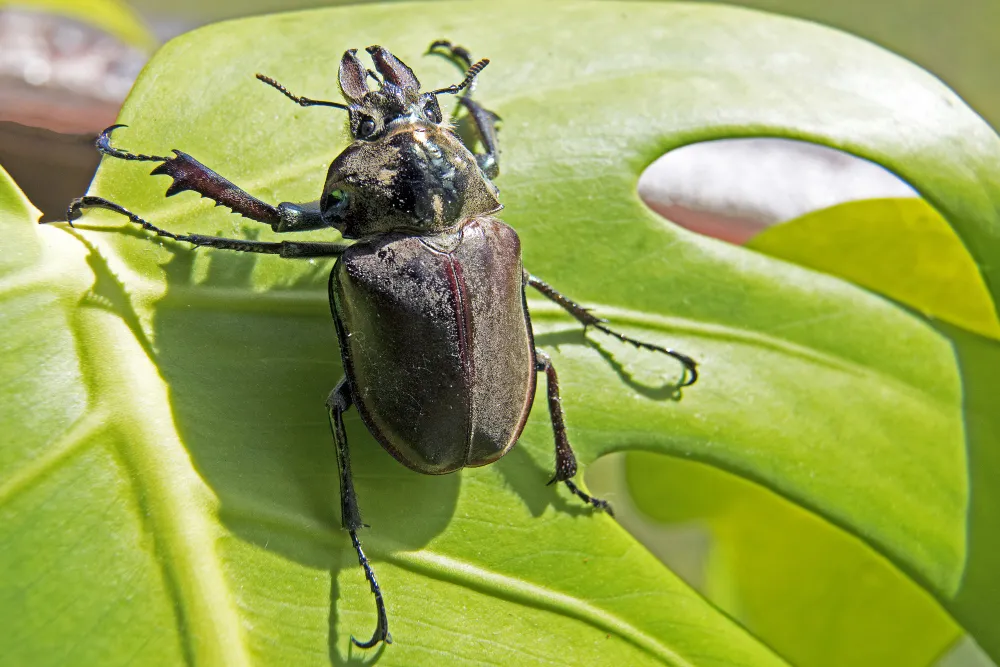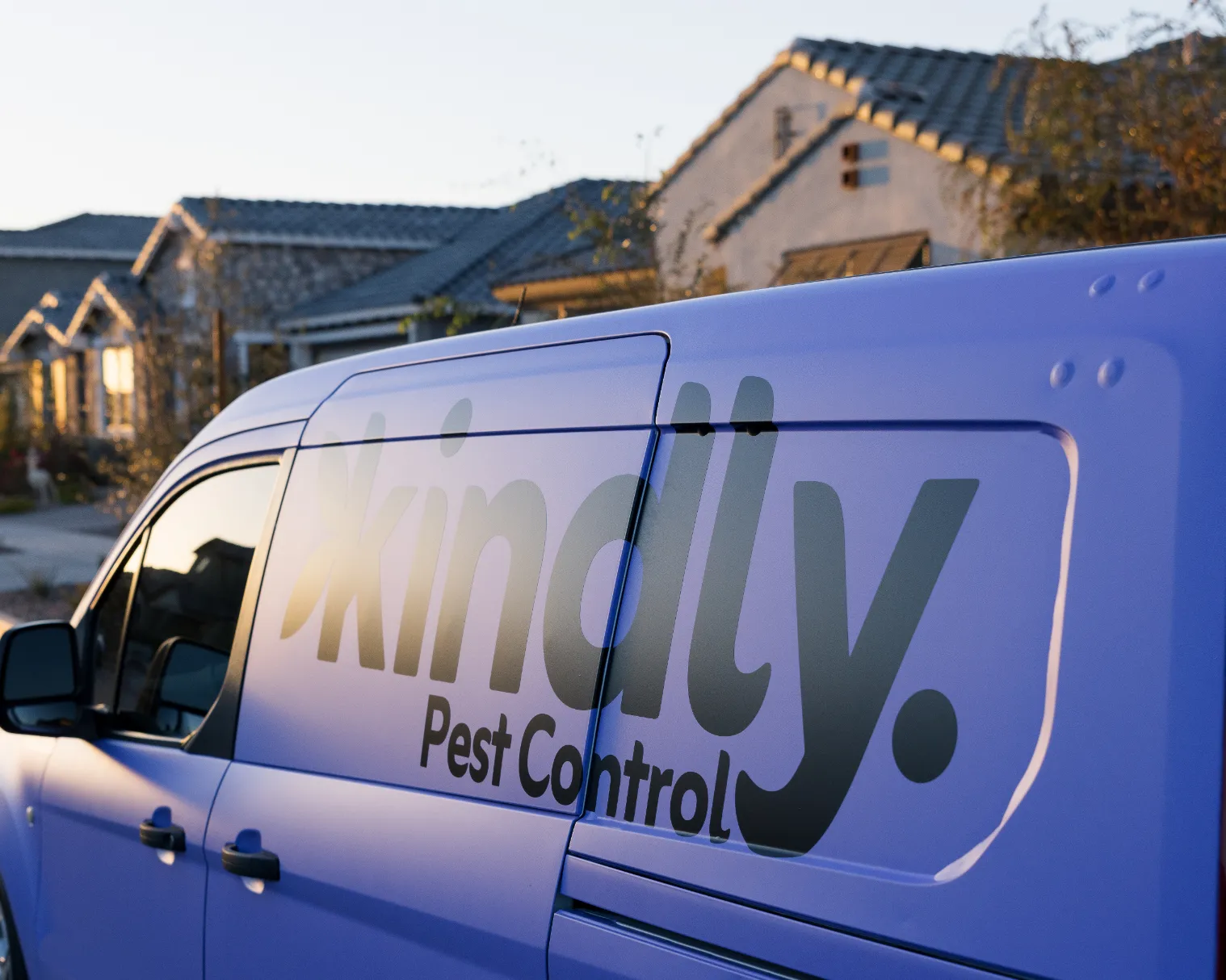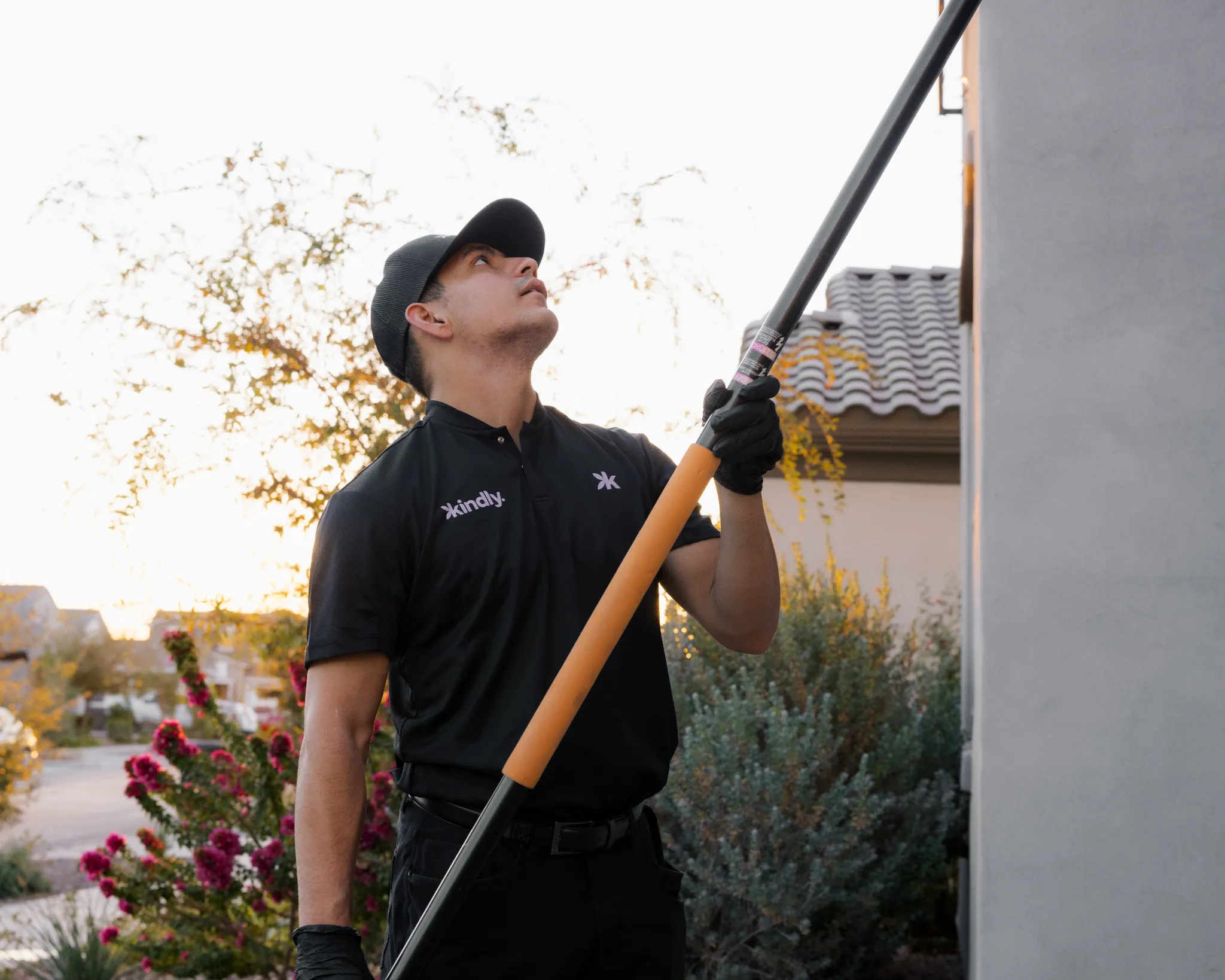Comprehensive Guide to Beetle Pest Control: Effective Treatment and Removal Strategies for Homeowners
This comprehensive guide delves into the intricacies of beetle pest control, equipping homeowners with essential knowledge and practical strategies for effective treatment and removal. From identifying common beetle species to exploring eco-friendly solutions and preventive measures, this article offers a well-rounded perspective on managing these unwelcome intruders.
Readers will gain valuable insights that empower them to protect their homes and maintain a pest-free environment.

Understanding Beetle Infestations
Common Beetle Species Found in Homes
Beetles are among the most diverse groups of insects, and several species can become unwelcome guests in our homes. Among the most prevalent are carpet beetles, powderpost beetles, and even beneficial species like ladybugs.
-
Carpet Beetles: These pests are notorious for their larvae, which feed on natural fibers found in carpets, area rugs, and clothing. The black carpet beetle is particularly destructive, causing significant damage to textiles.
-
Powderpost Beetles: Often found in wooden structures, these beetles can cause severe damage to furniture and flooring. They create small holes in wood as they emerge from their larvae stage.
-
Ladybugs: While generally beneficial, they can become a nuisance when they invade homes in large numbers, especially during the fall.
Identifying these beetles is crucial for effective pest management. Signs of infestation may include visible larvae, shed skins, and damage to fabrics or wood.
Signs of a Beetle Infestation
Detecting a beetle infestation early can save homeowners from extensive damage. Here are some visual indicators to watch for:
-
Visible Beetles: Spotting adult beetles crawling on surfaces is a clear sign of an infestation.
-
Larvae Presence: Carpet beetle larvae are often found in dark, undisturbed areas, feeding on fibers.
-
Damage: Look for holes in fabrics or wood, as well as frass (powdery residue) from wood-boring beetles.
Unusual sounds, such as rustling or scratching, may also indicate an infestation. Early detection is vital for effective treatment, as it allows homeowners to address the problem before it escalates.
Effective Treatment Strategies for Beetle Control
DIY Treatment Methods
Homeowners can take several steps to manage beetle infestations using household products:
-
Thorough Cleaning: Regular vacuuming of carpets, area rugs, and upholstery can help remove adult beetles and larvae. Pay special attention to corners and under furniture.
-
Natural Remedies: Eco-friendly solutions such as diatomaceous earth can be sprinkled in affected areas to kill beetles without harmful chemicals.
-
Decluttering: Reducing clutter in your home minimizes hiding spots for beetles, making it easier to spot and eliminate them.
Professional Pest Control Services
In some cases, DIY methods may not suffice, and homeowners should consider hiring pest control experts:
-
When to Hire: If the infestation is severe or persistent, professional pest control services may be necessary.
-
Common Methods: Professionals often use integrated pest management techniques, including chemical treatments and traps.
-
Benefits of Professional Treatment: Experts have access to stronger pesticides and can provide a comprehensive treatment plan, ensuring a more effective and long-lasting solution compared to DIY approaches.
Preventive Measures to Avoid Future Infestations
Home Maintenance Tips
Preventing beetle infestations starts with proactive home maintenance:
-
Sealing Entry Points: Inspect and seal cracks and gaps around windows and doors to prevent beetles from entering.
-
Regular Cleaning: Maintain a routine cleaning schedule to deter beetles. This includes washing fabrics and vacuuming regularly.
-
Pest Repellents: Consider using natural pest repellents and traps to keep beetles at bay.
Landscaping and Outdoor Considerations
Outdoor conditions can significantly influence beetle activity in your home:
-
Yard Maintenance: Keep your yard tidy by removing debris and maintaining a clean garden, as this can deter beetles from nesting nearby.
-
Plant Selection: Some plants may attract beetles, so choose landscaping that minimizes their presence.
-
Outdoor Conditions: Ensure that outdoor conditions do not create a welcoming environment for beetles, such as standing water or overgrown vegetation.
Conclusion
In conclusion, effective beetle pest control is essential for maintaining a healthy and pest-free home. Homeowners are encouraged to take proactive measures, from identifying common beetle species to implementing preventive strategies. By understanding the intricacies of beetle infestations and employing effective treatment methods, homeowners can protect their homes and enjoy a pest-free environment. Remember, whether through DIY efforts or professional pest control services, taking action against beetles is a crucial step in safeguarding your living space.

Fast Response Time
We know how inconvenient pests are, so we respond quickly and provide service within 24 hours.

Kindly Pest Guarantee
We stand by our work with free re-services. If pests return between your scheduled services, we’ll come back at no cost.

Comprehensive Pest Coverage
Our protection program covers more than just the “easy” pests. We handle 29 of the most common household pests.